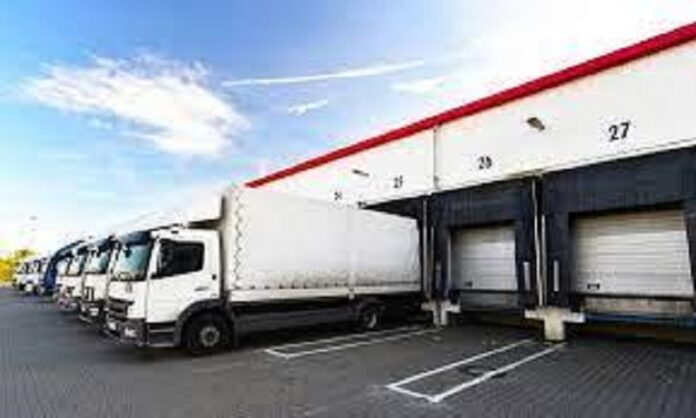Logistics companies design, control, and manage supply chains for other companies. Depending on the commercial agreement between the parties, Multitra, the logistic company can handle supply procurement, storage, transportation, order fulfillment, and distribution.
Logistics involves many tasks. Logistics companies perform these tasks.
Process Order
Logisticians must process orders. The logistic company’s commercial department may process orders to start logistics. Before processing the order, the commercial department verifies payment and delivery.
Logistics companies process orders as follows:
- Checking the order for deviations from negotiated terms
- Payment, delivery, and pricing are available.
- Checking stock.
- Shortage planning and production.
- Identifying deviations from the order.
Material Handling
Material handling is moving goods around the warehouse. It involves managing inventory so the warehouse can quickly and accurately fill orders. It’s important and must be done regularly, despite its routine appearance.
Moving one item in a 100-item shop is easy. If this small shop doesn’t know where its products are, the shopkeeper will have to find them every time he gets an order. He must search through his 100 products to find the one the customer ordered before moving the others. Multiply the scenario by 100. Large companies have half-mile-long warehouses. Take inventory of the warehouse. The warehouse manager will be in big trouble if he doesn’t know where the materials are and how to get them to the dispatch center. His productivity will plummet. Materials handling is crucial.
Read on to learn more here about 16 ingenious innovations in the logistics industry
Warehousing
LG and Samsung are global, durable consumer brands. Their products are distributed worldwide from one location. Thus, warehousing is vital to logistics.
To deliver quickly, the warehouse must be near the retailer or distributor. Branded products that take a week to deliver may not sell as well as unbranded products that take two days. Thus, the branded company should establish a more convenient warehouse to deliver products faster. In a new market, a brand leases a warehouse to be closer to customers and the region.
Common practice. Logistics centers are strategically placed to relieve the main warehouse (large warehouses that stock most products). When demand is high or production is low, these warehouses can work together to deliver goods to customers.
Stock Control
Logistics companies’ inventory management is crucial. Inventory management involves keeping enough inventory to meet customer needs while minimizing carrying costs. It’s about balancing customer service, market share, and cost, 16 Ingenious Innovations in Logistics Industry.
A company that buys 90 products when only 10 are needed wastes money. Due to lower demand, another company ordered 500 units but only produced 200. They lost sales and opportunity.
Logistics companies need inventory management software. This software makes routine tasks like counting warehouse items possible without a physical inspection. To maximize space, efficiency, and cost savings, each inventory operation must be recorded.
Transportation
The logistics company’s most important, resource-intensive, and revenue-generating activity is transportation. Fuel makes transportation costly. Gasoline, diesel, and natural gas are expensive transportation fuels. The logistics company orders LTL or FTL for order shipment.
Because transportation costs vary greatly, companies spend tens of thousands of dollars each year to control them. Transportation involves shipping products from the manufacturer to the distributor or dealer and then to the customer.
Packaging
Supermarkets and hypermarkets have two types of packaging: one that customers see on a shelf and buy because it looks appealing. The second type of packaging, transport packaging, prevents breakage and spillage while safely transporting large amounts of product.
Repacking is something that can make any old package turn into a fresh new one. It is mainly used for turning something into a more eye catching form.
Logistics companies pack products cost-effectively. If precautions are not taken, end customers may receive damaged goods, causing major losses for both the logistics company and the client. Packaging may cost 1-2 percent of the product’s value, but transport damage and loss will cost the company 100%.
Monitoring
Logistics companies must update inventory, transportation, and warehousing. Each site needs current supply status, future commitments, and replenishment capacity.
Before choosing a carrier, the logistics company must research transportation options, costs, and suitability for services and products. Space utilization, work schedules, order requests, and delivery must be monitored. Monitoring services and delivery effectiveness helps logistics companies improve efficiency.
Conclusion
Logistics moves goods through a company’s supply chain. To improve the organization’s supply chain, this process must be managed properly.
It’s complicated, but it’s all about the customer experience, which can be easily achieved by lowering costs, improving quality, and speeding up delivery. Strategic, data-driven logistics planning boosts sales and profits.
Read More: Why Should You Use Pallet on Your Next Shipping?



































































